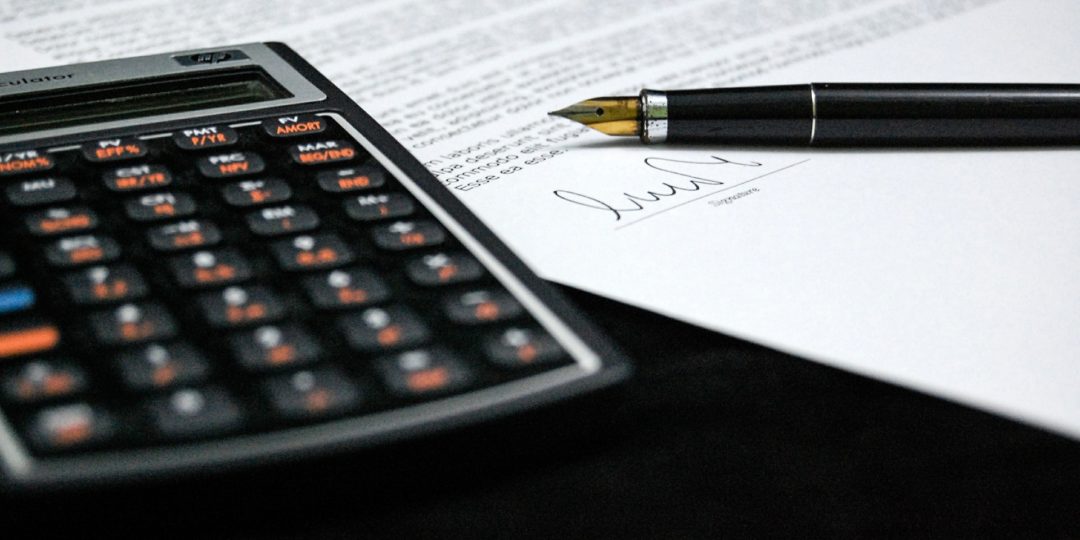Practice reminder: do the math
- 11-26-2018
- By Pilot Law LLP
Even lawyers that thoroughly enjoy the art of drafting legal documents sometimes make basic, preventable mistakes. These can take the form of misplaced or missing punctuation, failure to define a term, or failure to review boilerplate, among others. Many times these errors will not materialize into adverse consequences, as is frequently the case if the parties have a true common understanding of the agreed terms, and there is never a need to turn to the agreement to settle a dispute. When disagreements arise, however, or terms of an agreement that favor one party over another come into play, these minor errors can make matters worse.
One error that I have seen far too many times is the failure of the drafting parties to check formulas set out in agreements to make sure they actually work as intended. Formulas are found in many different types of agreements, such as indentures setting out the terms of convertible securities, or joint-venture or shareholder agreements that include funding allocation formulas, dilution provisions, or allocation of board seats that fluctuate with the percentage interest of a shareholder or partner. Unless numbers are plugged into the formulas and calculation results checked against the intent of the agreement, the parties to the agreement may not discover that the formulas do not work until a dispute arises or the parties find themselves facing a situation where one party stands to lose a portion of its interest or influence depending on the outcome of the calculations.
In addition to checking formulas in agreements while they are being drafted, it is a good idea to check formulas in material agreements in a due diligence exercise. If a client is acquiring an interest in a joint venture, for example, the agreement should be checked to ensure board seats are allocated under formulas as intended, and that dilution formulas yield results that match what has been represented by the seller or as described textually in the agreement or executive summaries prepared for the diligence.
Part of any drafting or diligence exercise should include, at a minimum, plugging in numbers based on likely or foreseeable scenarios and ensuring that the formula operates as needed and intended. Ideally this should be done by both the lawyers and by the clients. It is much easier to fix a faulty formula before a deal is inked than while the contract is being performed and producing an unintended benefit to one of the parties.
 E. Martin Fisher-Haydis
E. Martin Fisher-Haydis
Principal
Pilot Law LLP
mfisher@pilotlaw.ca
Connect with me on LinkedIn





 100 King Street W. Suite 5700, Toronto, ON M5X 1C7
100 King Street W. Suite 5700, Toronto, ON M5X 1C7
